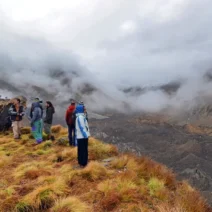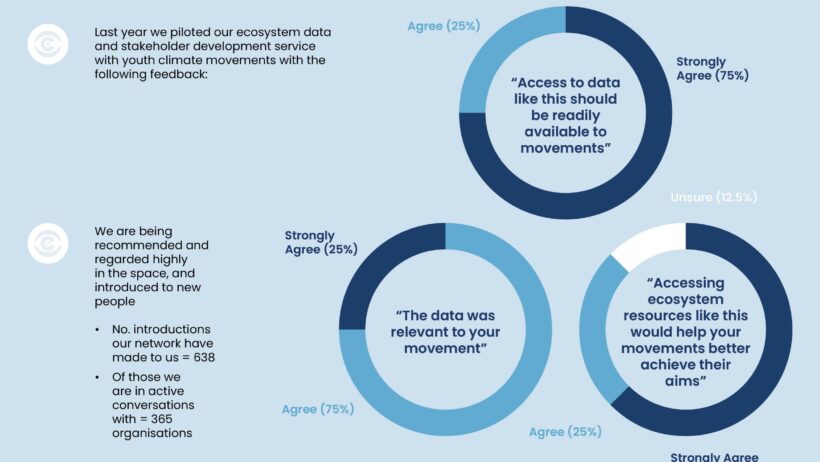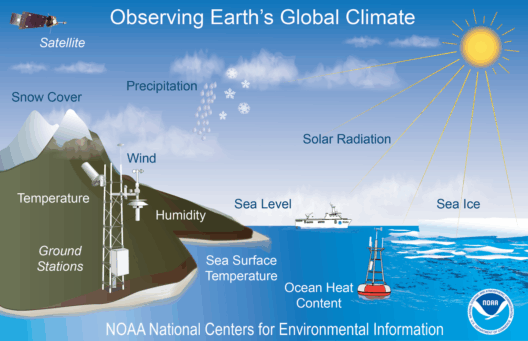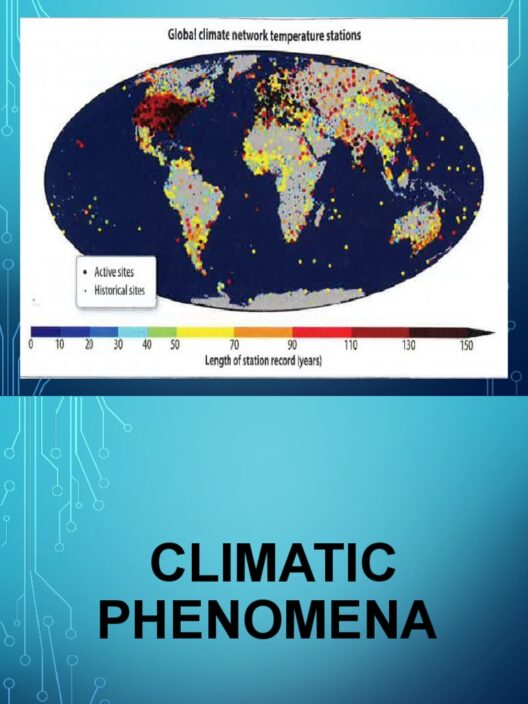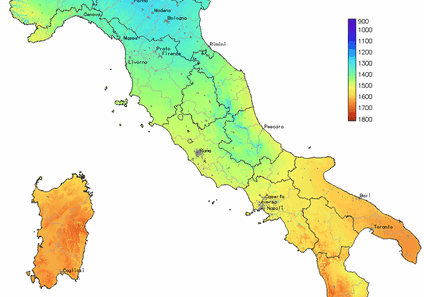The repercussions of climate change continue to reverberate through our planet, presenting a plethora of challenges and opportunities as we navigate the landscape of 2025. The interplay between human activity and natural processes has ushered in an era where immediate and decisive action is imperative. Various sectors are feeling the heat—agriculture, economy, health, and ecosystems—each requiring comprehensive strategies to adapt to the prevailing conditions.
In this examination of the current climate change situation, we will delve into pressing issues including rising temperatures, erratic weather patterns, and the socioeconomic implications associated with these changes. Furthermore, we will explore international responses, innovative solutions, and the collective responsibility we share in addressing this ubiquitous threat.
Understanding the Mechanism of Climate Change
To grasp the current climate situation, it is essential first to understand the mechanisms propelling this crisis. Human-induced activities, predominantly the burning of fossil fuels and deforestation, unleash a significant amount of greenhouse gases, particularly carbon dioxide and methane, into the atmosphere. These gases create a thickening layer that traps heat, leading to the phenomenon known as global warming.
As temperatures continue to rise, we witness a cascade of consequences. Glacial and polar ice melt accelerates, contributing to rising sea levels that threaten coastal communities worldwide. Moreover, an increase in ocean temperatures catalyzes more severe hurricanes and storms, devastating infrastructure and ecosystems.
The latest data illustrates a concerning trend. The last decade alone has seen unprecedented global temperature increases, with 2024 recorded as one of the hottest years to date. This persistent warming is not merely a statistic; it leaves trails marked by intense droughts in some regions and flooding in others, creating a mosaic of climatic extremes.
Wildlife and Ecosystem Disruption
The current climate crisis is not just a human concern; it is a profound threat to the planet’s biodiversity. Species extinction rates are accelerating at alarming proportions, outpacing natural turnover rates. The Intergovernmental Panel on Climate Change (IPCC) highlights that approximately one million animal and plant species face extinction due to direct and indirect climate-related threats.
Habitat loss, primarily through deforestation and habitat fragmentation, compounds the challenges faced by wildlife. As ecosystems struggle to accommodate the shifting climate, they become less resilient and more vulnerable to catastrophic events. The bleaching of coral reefs serves as an egregious example; warmer waters compromise their survival, which in turn jeopardizes marine biodiversity and the livelihoods of coastal communities reliant on fisheries.
Additionally, the migration patterns of several species are altering dramatically. Birds, mammals, and even insects are forging new paths in search of favorable climatic conditions, which not only disrupts existing ecosystems but also poses challenges for agricultural practices reliant on pollination.
Socioeconomic Implications and Human Impact
The ramifications of climate change are far-reaching, transcending environmental boundaries into economic and social arenas. Agriculture, a linchpin of human civilization, is facing severe disruptions. Erratic weather patterns threaten crop yields, leading to food insecurity that predominantly impacts the most vulnerable populations around the globe.
Rising temperatures and changing precipitation patterns necessitate a reevaluation of agricultural practices. Farmers are increasingly adopting climate-smart agriculture techniques, focusing on adaptive strategies to enhance resilience. Techniques such as crop diversification, improved irrigation systems, and sustainable soil management are gaining traction as vital tools in combating the inevitable challenges posed by a warming planet.
An economic assessment suggests that the costs associated with climate change may rival that of some of the largest global economies. Damage from extreme weather events, public health crises due to heat and pollution, and the expenses linked to migration and displacement contribute to a formidable economic burden. The opportunity cost feels ever-present, as funds required for mitigation and adaptation could have been allocated elsewhere, having a ripple effect on overall economic health.
Global Initiatives and Local Actions
Addressing climate change necessitates a multifaceted approach, encompassing local, national, and international scales. The landmark agreements like the Paris Accord set a vital precedent for global commitment towards climate action. Countries worldwide are mandated to submit their national determined contributions (NDCs), stratifying their plans to curb greenhouse gas emissions and adapt to climate impacts.
In 2025, it is encouraging to note that a landscape of innovation is burgeoning. Renewable energy sources are witnessing a meteoric rise, with advancements in solar, wind, and hydroelectric power leading the transition towards a low-carbon economy. Local initiatives focusing on reforestation, community gardens, and sustainable urban planning demonstrate that grassroots movements can have meaningful impacts on climate resilience.
Professionals in the fields of science, policy, and community are banding together to share insights and forge partnerships under the banner of collective action. This cooperative spirit is vital for catalyzing change on a broader scale, as stakeholders pool resources and expertise to tackle this existential crisis.
Conclusion: The Path Ahead
As we stand at this pivotal juncture in 2025, the importance of acknowledging the current climate change situation cannot be overstated. The predicament is complex, interlinked with biodiversity loss, socioeconomic struggles, and a plethora of human activities. However, with the right frameworks and concerted action, there lies an opportunity for transformation.
We each have a role to play in steering society towards a sustainable future. Be it through direct action or advocacy, every individual has the potential to contribute to this collective effort. The legacy of our actions now will resonate far beyond our time, shaping the fabric of life for generations to come. It is incumbent upon us to ensure that this legacy reflects a world committed to preserving the planet for all its inhabitants.


